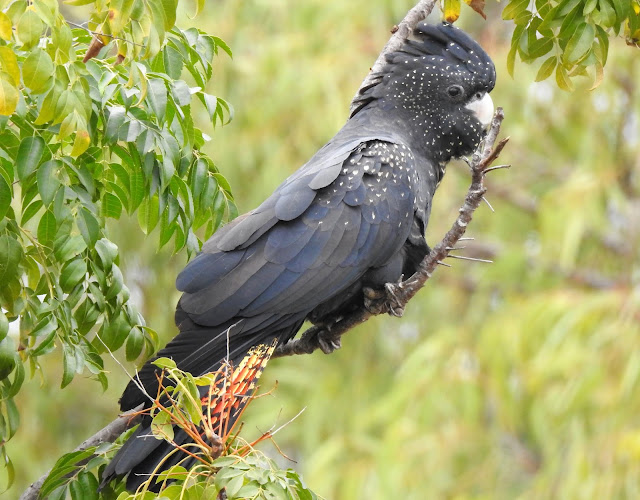GIBBERBIRD
Fun Fact? Australia is both the flattest and driest continent in the world. Or to put it another way much of Australia is desert.
So if being an Australian birder demands that you make an attempt to see all of Australia’s birds [and it does..] then one must plan to get to the deserts and see the species that have adapted to survive there.
Which brings me to our Bird of the Week which is such a desert specialist that it is named after a type of desert.
The Gibberbird.
Gibber, according to Wikipedia, is an Australian term referring to a desert surface covered with closely packed, interlocking angular or rounded rock fragments of pebble and cobble size. A common theory suggests they form through the gradual removal of sand, dust and other fine-grained material by the wind and intermittent rain, leaving the larger fragments behind.
So the Gibberbird, and you have guessed this already, lives in Gibber deserts.
 |
| If you look carefully you will see that this picture features more than rocks.. |
This bird rocks! [See what I did there?]
The Gibberbird is a challenge to see because it lives in these very hard, remote places. It is a small flighty Chat [indeed it is sometimes named Gibber Chat], related to other Australian Chats, that are named not after where they live but after the primary colours of their males; Crimson, Yellow and Orange for example.
 |
| Crimson Chat male |
 |
| Orange Chat female |
The Gibberbird feeds on invertebrates unlucky enough to be blown onto the gibber or among small patches of vegetation adjacent. The bird, because it surely does not pay to be too choosy in a desert, also eats seeds.
Another fact, which is sort of obvious, is that it nests on the ground.
The Gibberbird is similar in plumage between male and female however the male does have slightly stronger yellow across more of its face, chest and belly.
Consider joining us on a safari to the extreme south west of Queensland where we will see desert aplenty and attempt to find some Gibberbirds.
















